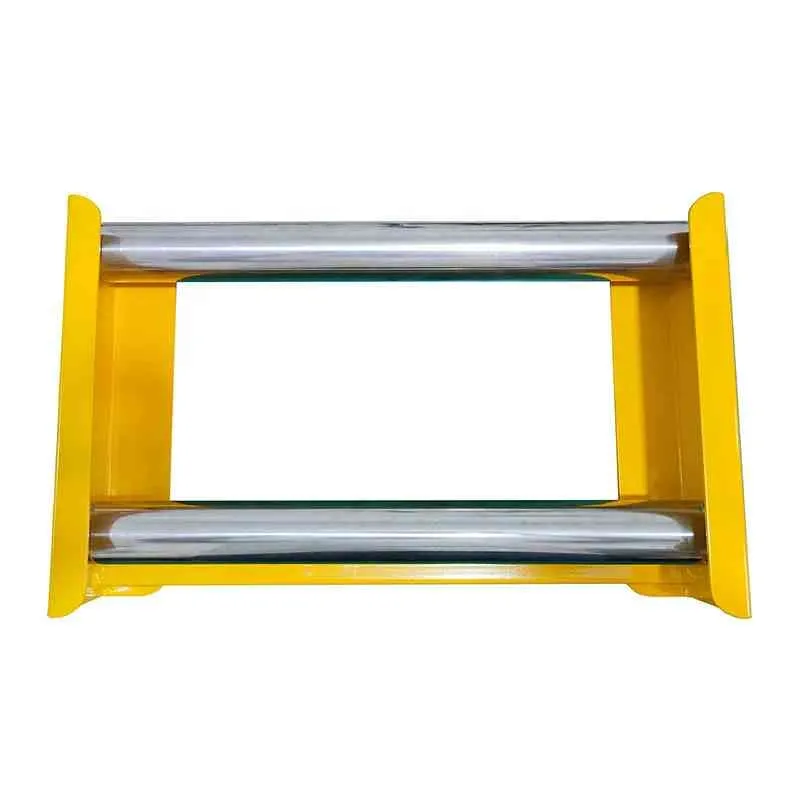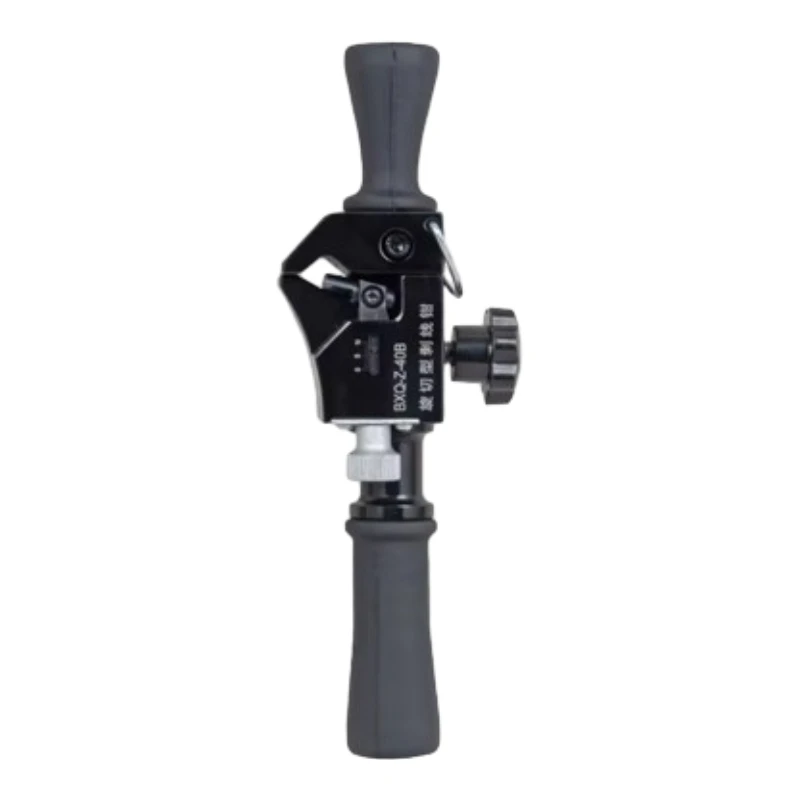
-
 Afrikaans
Afrikaans -
 Albanian
Albanian -
 Amharic
Amharic -
 Arabic
Arabic -
 Armenian
Armenian -
 Azerbaijani
Azerbaijani -
 Basque
Basque -
 Belarusian
Belarusian -
 Bengali
Bengali -
 Bosnian
Bosnian -
 Bulgarian
Bulgarian -
 Catalan
Catalan -
 Cebuano
Cebuano -
 Corsican
Corsican -
 Croatian
Croatian -
 Czech
Czech -
 Danish
Danish -
 Dutch
Dutch -
 English
English -
 Esperanto
Esperanto -
 Estonian
Estonian -
 Finnish
Finnish -
 French
French -
 Frisian
Frisian -
 Galician
Galician -
 Georgian
Georgian -
 German
German -
 Greek
Greek -
 Gujarati
Gujarati -
 Haitian Creole
Haitian Creole -
 hausa
hausa -
 hawaiian
hawaiian -
 Hebrew
Hebrew -
 Hindi
Hindi -
 Miao
Miao -
 Hungarian
Hungarian -
 Icelandic
Icelandic -
 igbo
igbo -
 Indonesian
Indonesian -
 irish
irish -
 Italian
Italian -
 Japanese
Japanese -
 Javanese
Javanese -
 Kannada
Kannada -
 kazakh
kazakh -
 Khmer
Khmer -
 Rwandese
Rwandese -
 Korean
Korean -
 Kurdish
Kurdish -
 Kyrgyz
Kyrgyz -
 Lao
Lao -
 Latin
Latin -
 Latvian
Latvian -
 Lithuanian
Lithuanian -
 Luxembourgish
Luxembourgish -
 Macedonian
Macedonian -
 Malgashi
Malgashi -
 Malay
Malay -
 Malayalam
Malayalam -
 Maltese
Maltese -
 Maori
Maori -
 Marathi
Marathi -
 Mongolian
Mongolian -
 Myanmar
Myanmar -
 Nepali
Nepali -
 Norwegian
Norwegian -
 Norwegian
Norwegian -
 Occitan
Occitan -
 Pashto
Pashto -
 Persian
Persian -
 Polish
Polish -
 Portuguese
Portuguese -
 Punjabi
Punjabi -
 Romanian
Romanian -
 Russian
Russian -
 Samoan
Samoan -
 Scottish Gaelic
Scottish Gaelic -
 Serbian
Serbian -
 Sesotho
Sesotho -
 Shona
Shona -
 Sindhi
Sindhi -
 Sinhala
Sinhala -
 Slovak
Slovak -
 Slovenian
Slovenian -
 Somali
Somali -
 Spanish
Spanish -
 Sundanese
Sundanese -
 Swahili
Swahili -
 Swedish
Swedish -
 Tagalog
Tagalog -
 Tajik
Tajik -
 Tamil
Tamil -
 Tatar
Tatar -
 Telugu
Telugu -
 Thai
Thai -
 Turkish
Turkish -
 Turkmen
Turkmen -
 Ukrainian
Ukrainian -
 Urdu
Urdu -
 Uighur
Uighur -
 Uzbek
Uzbek -
 Vietnamese
Vietnamese -
 Welsh
Welsh -
 Bantu
Bantu -
 Yiddish
Yiddish -
 Yoruba
Yoruba -
 Zulu
Zulu


TEL:
0086-311-88862036
Jan . 17, 2025 05:58 Back to list
Cable Clamp
Understanding the intricacies of ground wire clamps is pivotal for ensuring optimal electrical safety and performance in myriad applications. As a fundamental component in electrical wiring systems, these clamps secure ground wires, prevent untoward incidents, and enhance the longevity of the infrastructure. Delving into various aspects of ground wire clamps not only highlights their importance but also underscores the expertise necessary for their effective implementation.
The market offers a wide array of ground wire clamp designs to meet various needs and applications. U-bolt clamps, for instance, provide strong and reliable connections, making them suitable for heavy-duty applications. Split bolt clamps, on the other hand, offer the flexibility of connecting multiple wires at once, which is particularly beneficial in complex installations. Finally, lay-in-lug clamps provide easy-to-use, quick-release options for temporary or frequently adjusted connections. Understanding the specific applications and requirements of each clamp type underscores the importance of authoritative knowledge in selection and application processes. Trustworthiness in ground wire clamp selection and use arises from adherence to industry standards and certifications. Reputable manufacturers will comply with international safety and quality standards such as UL listed, CSA certified, and IEC standards to assure users of their product’s reliability. Trust is further enhanced by transparently providing detailed product specifications and warranty assurances, reflecting confidence in the product’s longevity and performance. Furthermore, maintaining and inspecting ground wire clamps regularly is imperative to ensure continued safety and effectiveness. Environmental factors such as moisture, salinity, and temperature fluctuations can impact performance over time. Proactive maintenance strategies, informed by expertise and experience, can identify potential wear and mitigate risks before they translate into costly failures or safety hazards. In conclusion, the role of ground wire clamps in electrical systems is indispensable, and their effective implementation demands careful consideration of materials, design, installation techniques, and maintenance protocols. Professional insights and authoritative guidance in these areas significantly enhance the integrity of electrical systems. Hence, as stakeholders look to optimize their electrical infrastructure, it becomes crucial to prioritize the integration of knowledgeable and reliable resources in the selection and application of ground wire clamps. This holistic and informed approach not only promotes electrical safety and performance but reinforces the trust in technological practices designed to protect both assets and lives.


The market offers a wide array of ground wire clamp designs to meet various needs and applications. U-bolt clamps, for instance, provide strong and reliable connections, making them suitable for heavy-duty applications. Split bolt clamps, on the other hand, offer the flexibility of connecting multiple wires at once, which is particularly beneficial in complex installations. Finally, lay-in-lug clamps provide easy-to-use, quick-release options for temporary or frequently adjusted connections. Understanding the specific applications and requirements of each clamp type underscores the importance of authoritative knowledge in selection and application processes. Trustworthiness in ground wire clamp selection and use arises from adherence to industry standards and certifications. Reputable manufacturers will comply with international safety and quality standards such as UL listed, CSA certified, and IEC standards to assure users of their product’s reliability. Trust is further enhanced by transparently providing detailed product specifications and warranty assurances, reflecting confidence in the product’s longevity and performance. Furthermore, maintaining and inspecting ground wire clamps regularly is imperative to ensure continued safety and effectiveness. Environmental factors such as moisture, salinity, and temperature fluctuations can impact performance over time. Proactive maintenance strategies, informed by expertise and experience, can identify potential wear and mitigate risks before they translate into costly failures or safety hazards. In conclusion, the role of ground wire clamps in electrical systems is indispensable, and their effective implementation demands careful consideration of materials, design, installation techniques, and maintenance protocols. Professional insights and authoritative guidance in these areas significantly enhance the integrity of electrical systems. Hence, as stakeholders look to optimize their electrical infrastructure, it becomes crucial to prioritize the integration of knowledgeable and reliable resources in the selection and application of ground wire clamps. This holistic and informed approach not only promotes electrical safety and performance but reinforces the trust in technological practices designed to protect both assets and lives.
Next:
Latest news
What Are Construction Tools and How Are They Used?
NewsJul.11,2025
Professional-Grade Duct Rodding Tools for Superior Cable Installation
NewsJul.11,2025
Enhancing Safety and Efficiency with Modern Hot Stick Solutions
NewsJul.11,2025
Empowering Cable Installation with Advanced Rodder Solutions
NewsJul.11,2025
Elevate Your Cable Installation Projects with Cable Pulling Tools
NewsJul.11,2025
Efficient Cable Handling Solutions: Cable Rollers for Sale
NewsJul.11,2025
Copyright © 2025 Shijiazhuang Bilo Import and Export Trading Co., Ltd. All Rights Reserved. Sitemap | Privacy Policy

BlLo lmport & Éxport is specialized in power and cable equipment andconsiruction tools,Qur main producis are FRP
duct rodder, cable rollerscable pulling winch, cable drum jack, cable pulling sock, etc.
Copyright © 2025 Shijiazhuang Bilo Import and Export Trading Co., Ltd. All Rights Reserved. Sitemap | Privacy Policy










